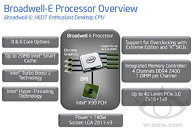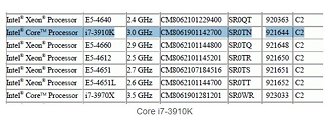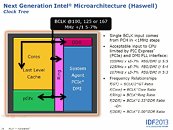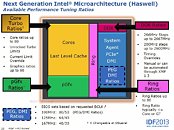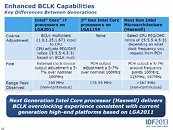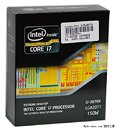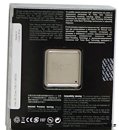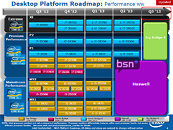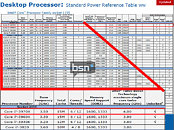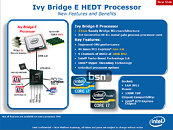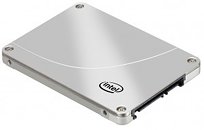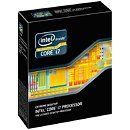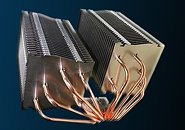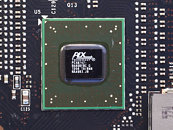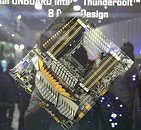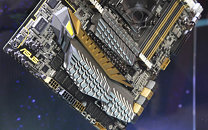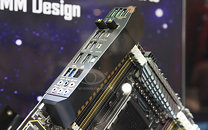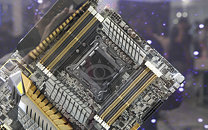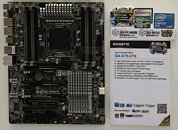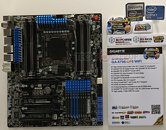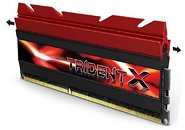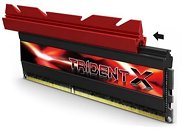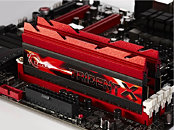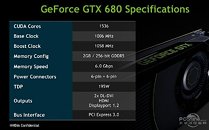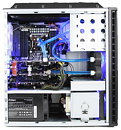
Intel Core i7 "Broadwell-E" HEDT Chips Arrive in 2016
Intel is beginning to put out the first details of its next high-end desktop (HEDT) processors, internally. Codenamed "Broadwell-E," the company's next Core i7 HEDT chips will be built in the existing LGA2011v3 package, and will be compatible with existing motherboards based on Intel's X99 Express chipset (with BIOS updates). Much like "Ivy Bridge-E" was to "Sandy Bridge-E," these chips will introduce only incremental updates, and nothing major, in terms of architecture.
To begin with, Core i7 "Broadwell-E" will be built in the 14 nanometer silicon fab process, and will feature 6 to 8 cores based on the "Broadwell" micro-architecture. These cores will be cushioned with up to 20 MB of L3 cache. The chip is pin-compatible to "Haswell-E," and so its I/O will be identical, featuring a quad-channel DDR4 integrated memory controller. One difference is that Intel may can the 28-lane PCIe approach with the entry-level part; or at least it doesn't find mention on the slide. If it's true, all parts based on this silicon, will feature 40-lane PCIe interfaces. The TDP of these chips will be rated at 140W. Intel is expected to launch the Core i7 "Broadwell-E" in 2016.
To begin with, Core i7 "Broadwell-E" will be built in the 14 nanometer silicon fab process, and will feature 6 to 8 cores based on the "Broadwell" micro-architecture. These cores will be cushioned with up to 20 MB of L3 cache. The chip is pin-compatible to "Haswell-E," and so its I/O will be identical, featuring a quad-channel DDR4 integrated memory controller. One difference is that Intel may can the 28-lane PCIe approach with the entry-level part; or at least it doesn't find mention on the slide. If it's true, all parts based on this silicon, will feature 40-lane PCIe interfaces. The TDP of these chips will be rated at 140W. Intel is expected to launch the Core i7 "Broadwell-E" in 2016.
